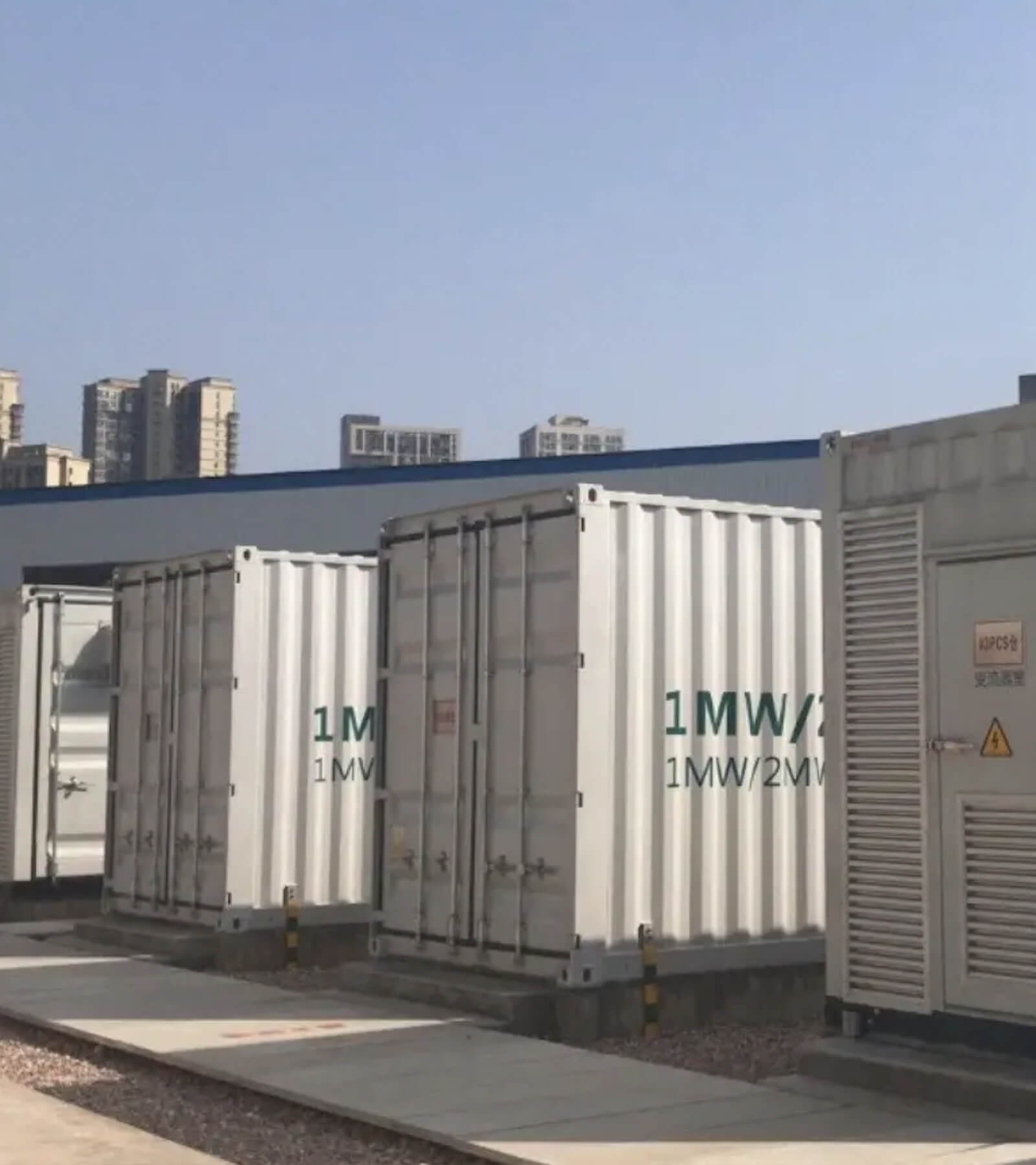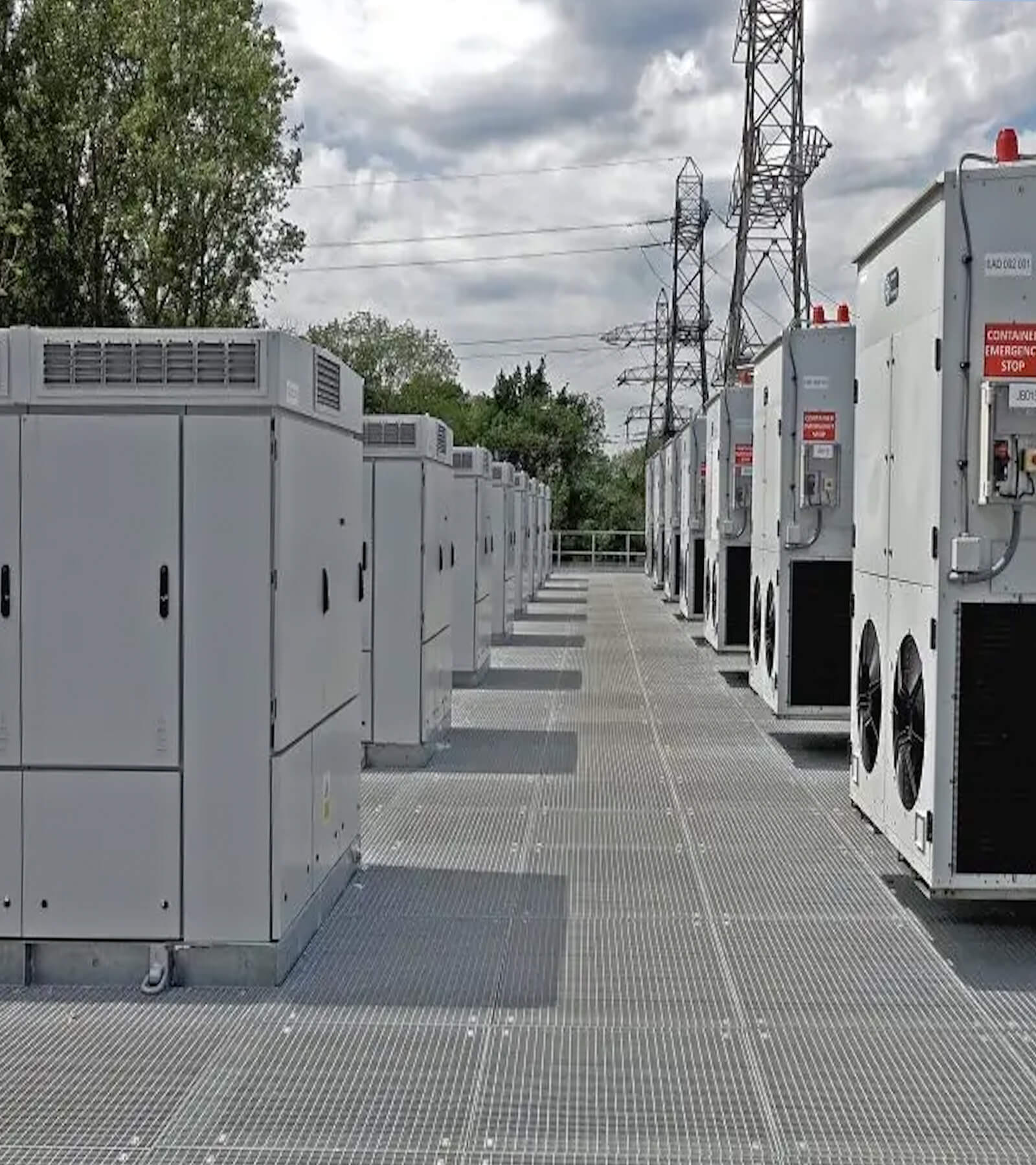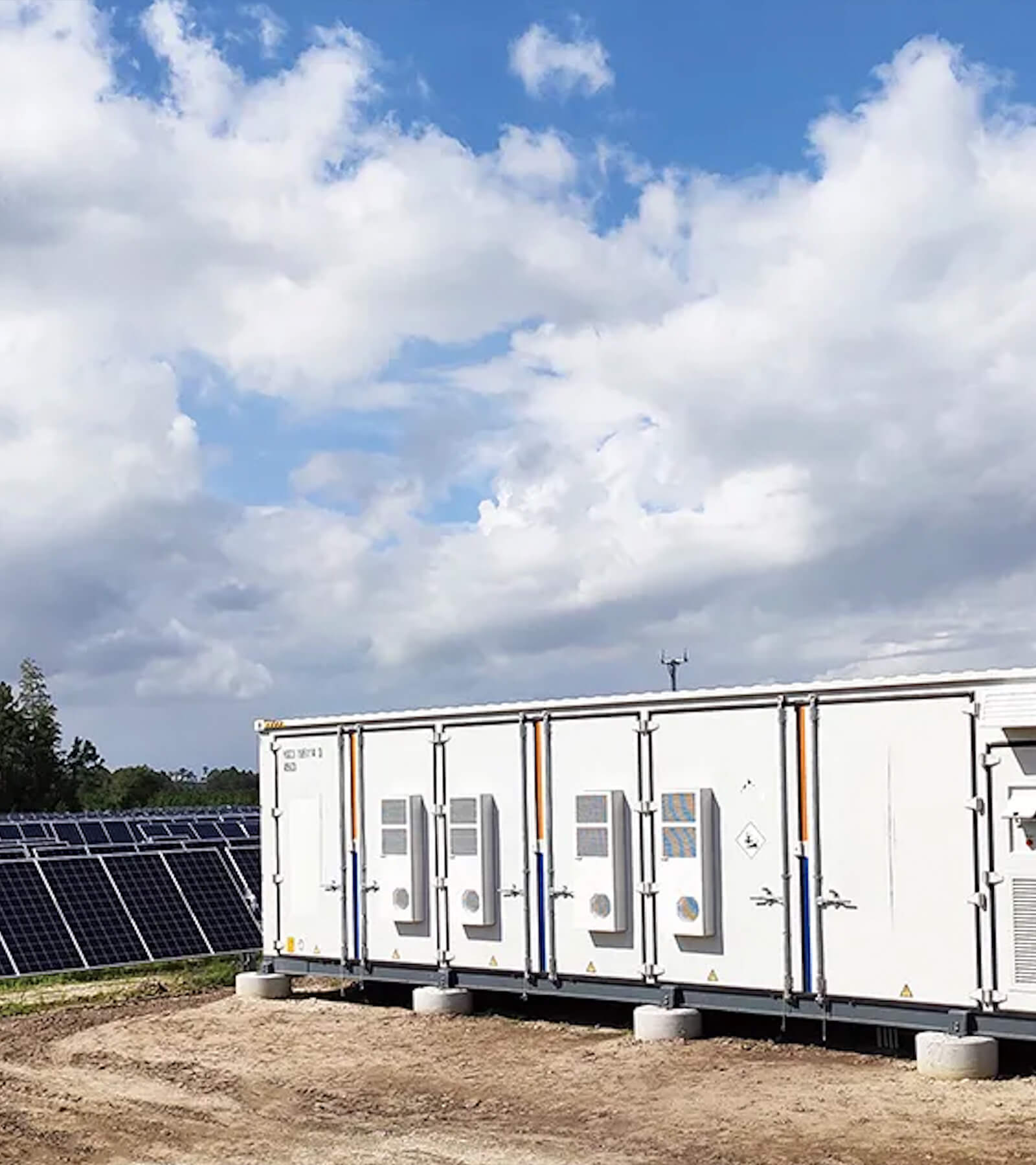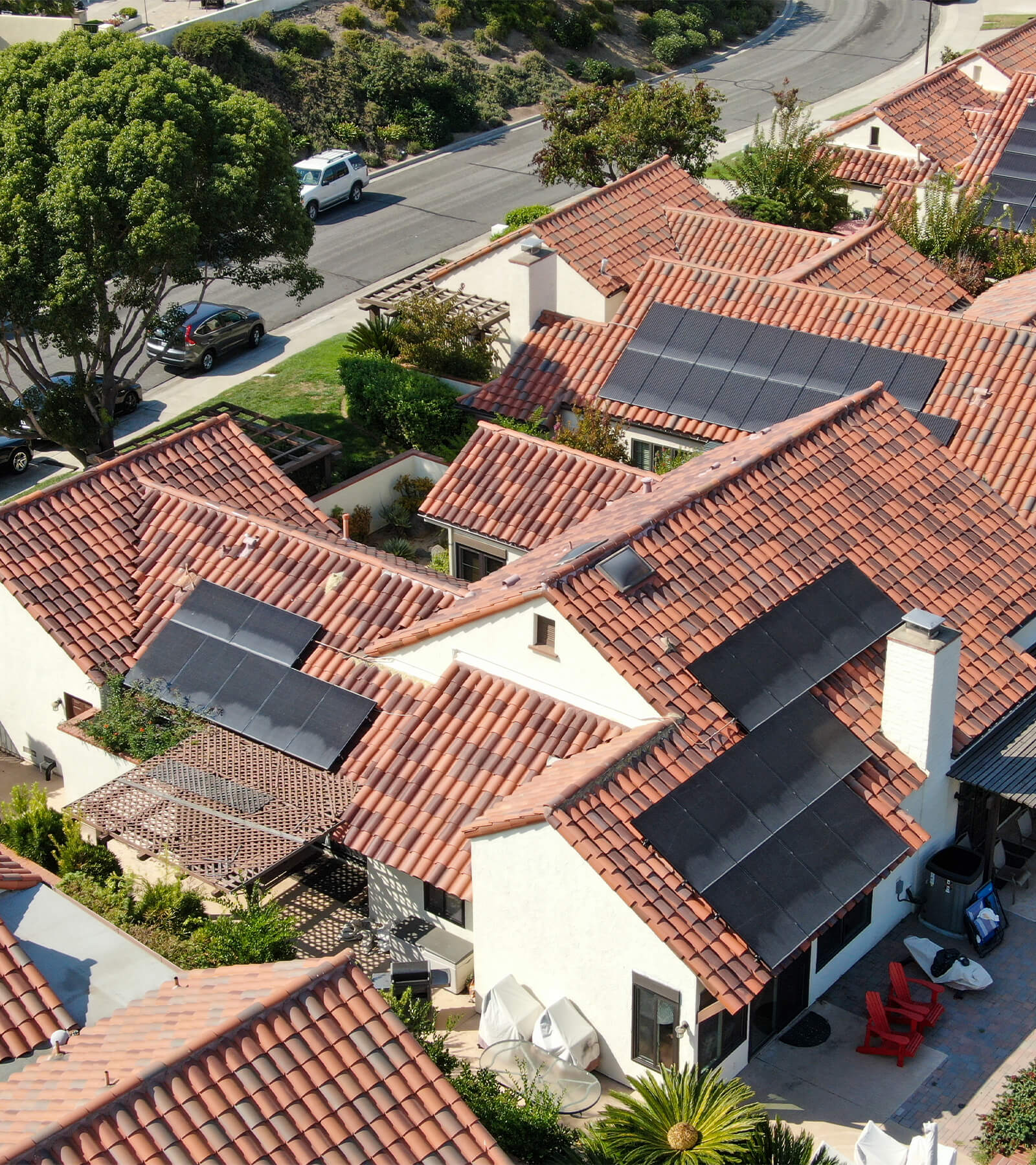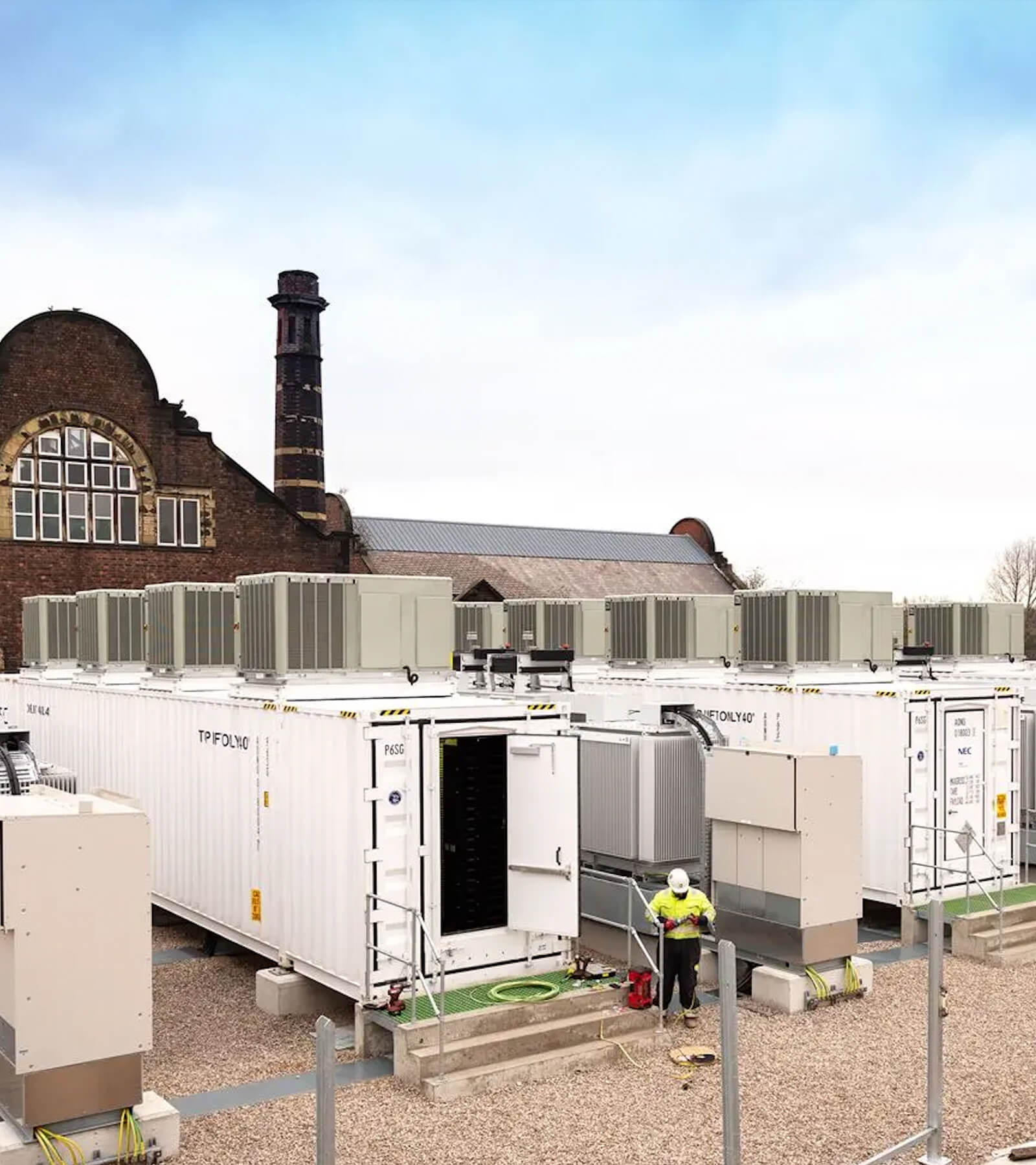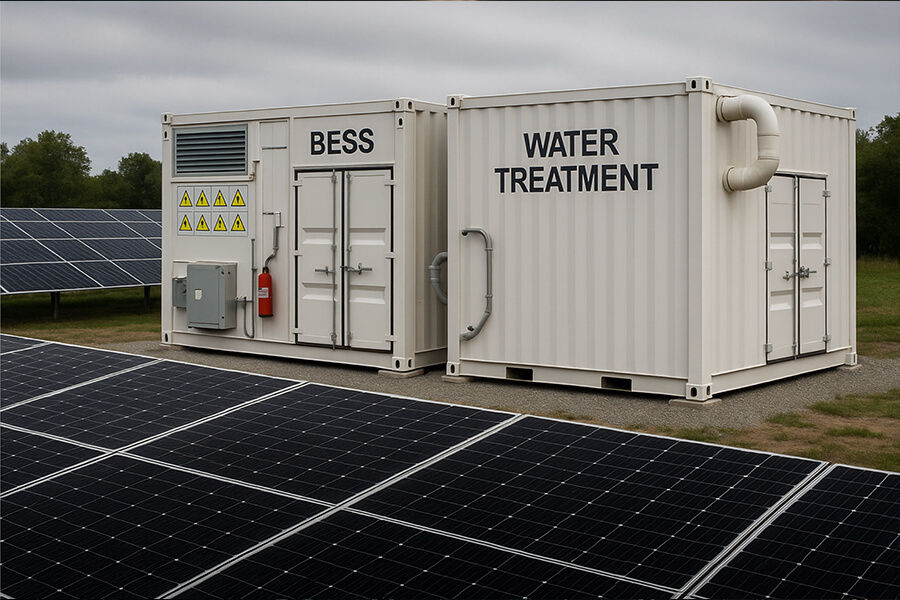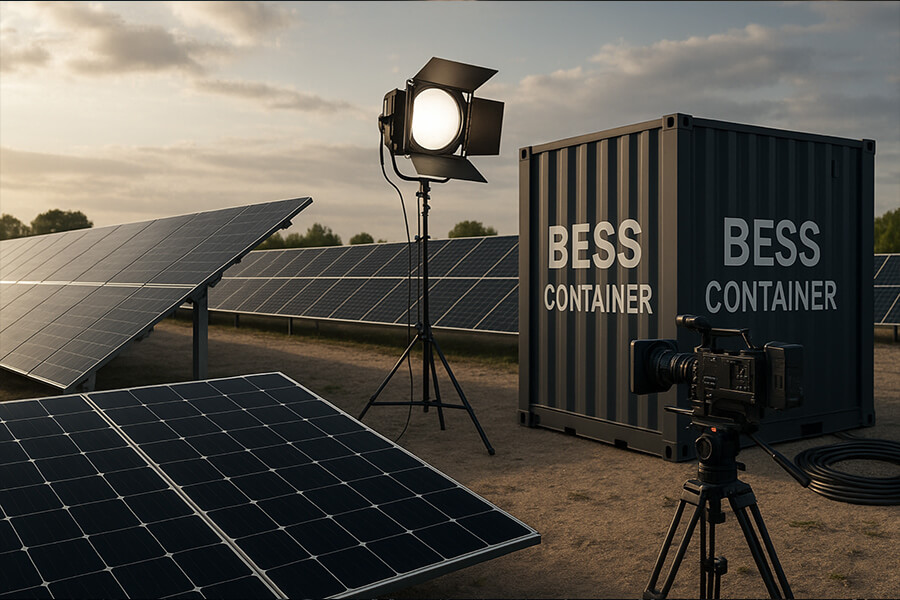RTG cranes guzzling megawatts? Peak charges biting your budget? Welcome to 2025’s solution: BESS Container Port Logistics. These battery-packed heroes capture regenerative energy when cranes lower containers (no more ‘burning cash’ in resistors!), storing it for lifts or peak shaving. The result? Terminals slash grid dependency by 25%, dodge 40%+ demand charges, and turn cranes into circular-economy rockstars. We’ll explore real-world ops where gravity powers the profit margin – and why Maxbo Solar’s AI-optimized BESS containers are becoming a terminal’s favorite energy bartender. Spoiler: Your CFO might actually smile at the next utility bill. Now that’s logistics sorcery.
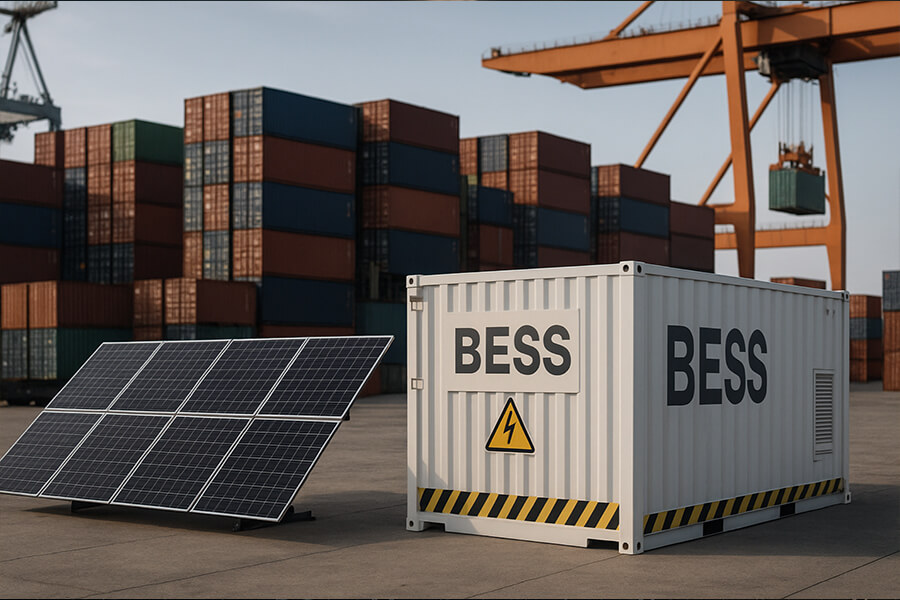
The “Shocking” Reality: Your Cranes Are Energy Vampires (But They Can Be Reformed)
Let’s face it – watching your RTG/RMG cranes guzzle megawatts like a sailor on shore leave is enough to make any terminal operator’s hair stand on end (and not just from static electricity). Those peak demand charges? They’re basically your utility’s way of saying, ‘Gotcha!’ every month. But here’s the brutal math:
The Lift Tax:
A single RTG crane lifting a 40-ton container consumes ~150-200 kWh/hour – enough to power 15 suburban homes. With diesel-electric hybrids costing 0.38/kWh∗∗(andall−electrichitting∗∗0.29/kWh), one crane alone can slurp $250,000+ annually just in lift energy. (Source: Port Technology OPEX Benchmark 2025).
The Hidden Insult:
When that same crane lowers a container, 25-40% of the lift energy is regenerated as electricity… only to be dumped as waste heat in brake resistors. Literally burning cash for warmth:
| Energy Waste Per Crane (Daily Operations) |
|---|
| Avg. Containers Lowered Daily: 100 |
| Regen Energy Wasted: 350-500 kWh |
| Daily Cash Burned: 105−150 💸** |
| Annualized Waste: 38,000−55,000 |
| Calculations based on Hamburg Port Authority regen studies (2024 Report, p.12) |
Grid Dependency = Peak Pain:
When every terminal fires up cranes at 9 AM, grid demand spikes – and utilities hit you with “peak shaving surcharges” that can inflate bills by 60-300%. In 2025, 70% of ports report peak charges exceeding $45,000/month per terminal (Maritime Energy Pricing Index 2025).
Your cranes are essentially gym bros – expending massive energy lifting, then wasting the ‘gains’ on the way down. Time for an energy intervention.
BESS Containers: The Port’s New Energy Bartenders
So, how do you reform energy-vampire cranes? Enter BESS (Battery Energy Storage System) Containers – the smooth operators of terminal energy management. They’re like that friend who always knows when to save, when to splurge, and never lets good whiskey (or kilowatts) go to waste. Here’s the clever bit:
Step 1: Capture the ‘Fall’
BESS containers intercept regenerative energy during container descent, recovering up to 92% of would-be-wasted electricity (vs. 0% with resistors). In 2025 trials, this slashes net lift energy needs by 25-30% per crane.
Source: Rotterdam Port Authority Regen Capture Study 2025
Step 2: Store the Juice
Instead of frying resistors, 20-ft BESS units stash 1-4 MWh of energy – enough to power 50+ container lifts. With lithium-iron phosphate (LFP) batteries dominating 2025 ports, safety and 10,000-cycle lifespans are standard.
Source: DNV Battery Trends Report 2025
Step 3: Reuse or Defuse
Deploy stored energy to:
- Power the Next Lift: “Why buy new energy when you’ve got perfectly good ‘recycled’ volts?” → Cuts grid consumption by 18-22% (Hamburg Port Data)
- Shave Peak Loads: Inject power during $45/kW demand charge windows → Reduces peak penalties by 40-60%
| BESS Payback Timeline (Per Terminal, 10 Cranes) |
|---|
| Avg. Daily Energy Savings: 2,500-3,500 kWh |
| Peak Charge Reduction: 12,000−18,000/month |
| Carbon Cut: 180-250 tons/year 🌱 |
| ROI: 2.3-3.1 years (2025 avg.) |
| Source: Deloitte Port Electrification ROI Calculator 2025 |
Be the zen master who laughs at peak rates. When Long Beach Terminal deployed BESS containers in 2024, their peak demand fell 34% in 6 months – dodging $2.1M in annual surcharges (Journal of Port Economics, Mar 2025).
Professional Punchline: It’s not magic – it’s physics with a PhD in frugality.
The Bottom Line: Less Grid, More Profit
Forget theory – let’s talk cash and carbon. When terminals deploy BESS containers as their “energy bartenders” (Section II), three tangible wins emerge:
1. Slash Electricity Bills
By reusing regenerated energy for lifts and peak shaving, ports cut grid dependence by 15-25% while simultaneously reducing demand charges by 30-40%. Hamburg Port’s 2024-2025 pilot proved it:
| Hamburg Terminal Savings (12 BESS Units) |
|---|
| Grid Consumption Reduction: 22% |
| Peak Charge Avoidance: $14,500/month |
| Total Annual Savings: $1.2M |
| Source: Hamburg Port Authority BESS Case Study, Jan 2025 |
2. Cut Carbon & Noise
Fewer diesel gensets humming means 28-35% lower CO₂ emissions per terminal. Add near-silent crane operations, and ESG reports practically write themselves:
- Carbon Reduction: Equivalent to taking 400 cars off roads annually (EPA Carbon Calculator)
- Noise Pollution: Drops from 85 dB to 68 dB during ops – neighbor-approved!
Source: Journal of Sustainable Ports, Apr 2025
3. Boost Resilience
When Texas grid failures hit Houston terminals in 2024, BESS-equipped cranes kept moving for 8+ hours on stored power. No more “crane paralysis” because the grid sneezed.
Source: Port Resilience Council 2025 Report
Humorous Reality Check:
Imagine telling your CFO you’re monetizing gravity. They might faint. Have smelling salts ready.
Why Maxbo Solar? (Because We Speak “Port” & “Profit” Fluently)
Now, you might ask: “Who actually makes these BESS containers work with my chaotic terminal ops, not against them?” Well, that’s where we come in. At Maxbo Solar, we engineer solutions that turn Section III’s savings into your daily reality. Here’s why ports choose us:
Port Whisperers™
We don’t just drop off batteries and wave goodbye. Our systems integrate like they’re part of the crane’s DNA – speaking fluent RTG, RMG, and ROI:
- 99.7% Uptime across 45+ global deployments
- <2ms Response Time for regen capture (vs. industry avg. 20ms)
- Plug-and-Play Retrofit in 72 hours – zero crane downtime
Source: ICTSI Manila Integration Report 2025
2025 Tech Edge
Our latest BESS containers feature:
- AI-Powered “Peak Shield” Forecasting → Predicts demand spikes 4 hours ahead, boosting shaving efficiency by 40% (Port of Antwerp Validation)
- Modular Scalability → Add 500kWh increments faster than a crane operator’s coffee consumption
- Cybertough™ Batteries → Withstand salt, vibration, and -30°C to 55°C ops
| Maxbo vs. Generic BESS Performance |
|---|
| Energy Recovery Efficiency |
| Maxbo: 92% |
| ROI Timeline |
| Maxbo: 1.8-2.5 yrs |
| Crane Integration Cost |
| Maxbo: $18k/crane |
| Source: Drewry Port Tech Benchmark Q1 2025 |
Global Track Record
From Rotterdam to Long Beach, our systems dodge demand charges and recycle joules like it’s an Olympic sport:
- Rotterdam: Cut $2.1M/year in peak charges across 22 cranes
- Long Beach: Achieved ROI in 19 months with our AI optimization
- Singapore: Reduced diesel backup runtime by 89% during outages
Source: Maritime Executive Case Compendium 2025
Ready to turn your cranes from energy hogs into profit engines? Let’s chat – no robotic sales-speak, just port folks talking solutions.
👉 Visit us at www.maxbo-solar.com or DM our Crane Energy SWAT team.
Final Zinger: We promise: the only ‘shock’ you’ll feel is when you see your next utility bill.

